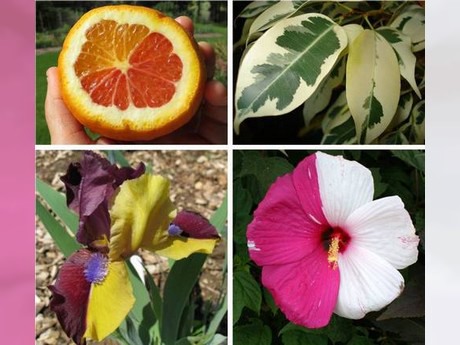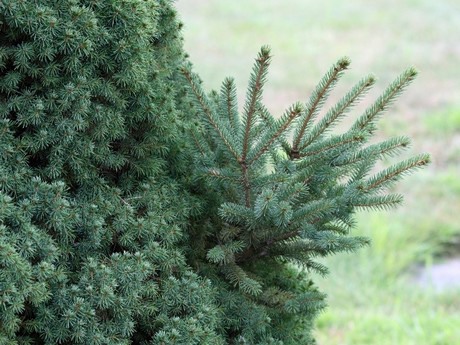Health and survival of an organism depends on reliable and accurate DNA (Deoxyribonucleic Acid) replication and orderly cell division. Without these processes being highly dependable, survival is questionable. However, occasional mistakes occur. What kind of mistakes happen, what causes them to happen and what are some of the outcomes?
First, it is important to know most DNA does nothing. DNA is classified as “coding” or “non-coding.” Coding DNA codes for the production of enzymes and proteins required to run the processes necessary for life. Non-coding DNA is similar to random letters placed together that do not make sense. The purpose of such an abundance of non-coding DNA is poorly understood, but of the 6.5 feet of DNA in each human cell, only about 1 inch is coding DNA. Mistakes within the non-coding sections have no apparent consequences and that is one theory as to why there is so much—it may act as a buffer to protect coding DNA. A previous Michigan State University Extension article, “Mutants have value too,” mentioned some DNA changes are useful. This article will discuss how they occur and gives examples of commonly seen plant mutations.

Photo 1. Naturally occurring plant color mutations. Photos credits: orange – Forest Starr and Kim Starr, CC BY 2.0; ficus – public domain; iris – Bob Gutowski CC BY-NC-SA 2.0; hibiscus – Dariusz Malinowski CC BY-NC-ND 2.0.
Mutations are due to changes occurring within DNA itself or in the replication/cell division process. Changes within the DNA molecule are referred to as “point mutations” since they occur in a small portion of the DNA but may still have significant effect because they change the “meaning of the code.” Point mutations can be due to damage from cosmic rays, chemicals and viruses. They can also be due to stress from heat, cold, severe pruning or replication error causing a shift in DNA sequences so it no longer makes sense. Many biological systems are pathway-type systems requiring intermediate products to form before producing the final product. Enzymes control these intermediate steps, and interruption in any step prevents the end product from being produced. Therefore, the more steps in the pathway, the more vulnerable the system is to possible change.

Photo 2. Dwarf spruce with a branch reverting to the original non-dwarf state. Photo by Ragesoss CC BY-SA 3.0.
Point mutations affect many systems within plants. The most visually dramatic are color or shape. Photo 1 shows various naturally occurring color mutations. The change could affect a portion of a flower, fruit or leaf, or an entire branch. Depending on which tissue is involved, the change can be passed onto the next generation through seeds. They can also be propagated through grafting or cuttings. Some mutations can be unstable and result in producing sections of the plant that revert to their original state (Photo 2).
Plant point mutations are often found after stressful environmental conditions, especially cold. All cells in an organism contain the same genetic information no matter their location. Some cells form roots while others form flowers even though both contain the same genetic information. We do not fully understand what regulates this process. However, we do know that cells forced to reprogram to a different function appear prone to making mistakes in the process. This happens when plants experience bud-killing temperatures. When normal vegetative buds suffer damage, the plant forms adventitious buds that grow into new shoots. Most cells will reprogram successfully, but some may express change. Most changes go unnoticed and are not beneficial, but there could be a change in color or growth habit, which we easily spot and find attractive or beneficial.
